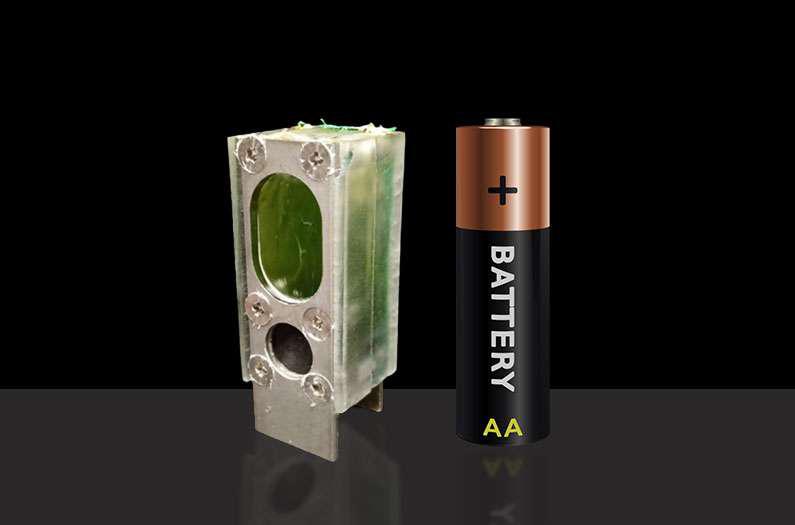Innovation is all around us, and a recent 2022 study published in the journal Energy & Environmental Science reveals algae is a potential sustainable energy source. That’s definitely something to be excited about!
According to our research, one of the leading environmental issues is the heavy reliance on fossil fuels, which lead to large greenhouse gas emission quantities. That means energy is an immediate area where sustainability can be improved at a fundamental level.
Fortunately, we’re seeing new technologies and innovations emerging—and these innovations help us move away from relying on traditional, unsustainable energy sources. Instead, they ensure we’re building an eco-friendly, renewable infrastructure that will last.
We’ve already seen innovations in solar energy, wind energy, hydropower, and more. And now, researchers have created a “bio-photovoltaic energy harvester system” using photosynthetic microorganisms—aka algae. Let’s break down the study.
How Can Algae Power Computers, Anyway?
So, how did this study work? Cyanobacteria, also known as blue-green algae, is a photosynthetic microorganism. A type of blue-green algae called Synechocystis was put into a container the size of an AA battery, made with aluminum and clear plastic, and filled with water.

Essentially, the photosynthesis this algae underwent (when hit with sunlight) was converted into usable energy by working with aluminum electrodes. And this process was able to power a microprocessor for over six months!
As previously mentioned above, aluminum was used in the process to make it all come to life. The researchers were intentional about choosing aluminum as it’s one of the Earth’s most abundant metals; We have plenty in our current manufacturing system that’s ready to get recycled.
And the entire system is made of inexpensive, recyclable materials, meaning it can be easily recreated and can potentially power large numbers of small devices. According to the University of Cambridge study, this would be especially useful in “off-grid situations or remote locations” where electric energy sources are scarce.
Researchers are hoping this technology can be made effective enough to replace the batteries currently powering something called The Internet of Things (IoT), which is responsible for the digital information exchange of products connected to the internet that exist all around us in our daily lives—and it’s growing rapidly.
IoT is typically powered by lithium-ion batteries, which are made of harvested materials like precious metals and create waste. However, the researchers say that powering this large system—aka powering trillions of IoT devices—using lithium-ion batteries is “impractical” and unsustainable.
The results are also optimistic about implementing the newfound aluminum-anode bio-photovoltaic technology to power small electronics going forward. This could be a major win for the environment.
However, the technology doesn’t possess the power to run something like a laptop or a phone on its own. At least, not yet. But researchers are looking for solutions to improve efficiency and foster breakthrough discoveries.
We’re sure to see more research on the subject pop up in this quickly evolving field. In the meantime, we’ll keep discovering how we can grow a sustainable and robust energy future with adjacent energy options like solar and nuclear power.
Hey there! Want to help us change the world every day through easy, achievable, eco-friendly tips and tricks? Sign up for the Brightly Spot and join our movement of over a million changemakers.









